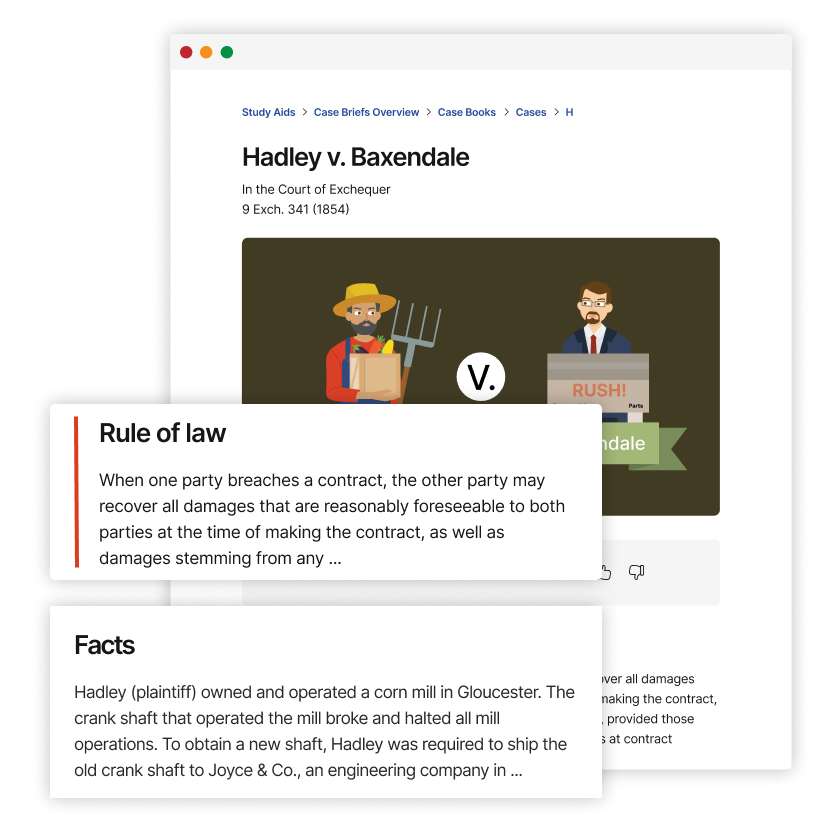Tait v. Peck
Massachusetts Supreme Judicial Court
346 Mass. 521, 194 N.E.2d 707 (1963)
- Written by Rose VanHofwegen, JD
Facts
Letitia Tait (plaintiff) was beneficiary of a trust her late husband created in 1935. The trust directed all income to Tait for life, with the principal to be distributed to remaindermen. Tait had no right to principal distributions. The trust held 100 shares of a trust company, Linden Associates. The trust instrument specified that if Linden were liquidated during Tait’s lifetime, the trustees would receive the distributive share of Linden’s assets allocable to the trust, pay the net income to Tait for life, and then distribute the remainder to the remaindermen. In 1961 Linden was liquidated following an asset sale to Broad Street, which is classified as a mutual investment trust under the Internal Revenue Code. Initially, the trust received 55,434 Broad Street shares and cash dividends from income. At year’s end, Broad Street delivered an additional 1,463 shares of stock as distributions of gain—not dividends from income—with the option to take the distributions in cash or shares. The trustees paid Tait the cash dividends from income but refused to transfer the additional 1,463 shares to her. The trustees argued that the shares should be treated as trust principal because the trust had to pay taxes on the shares as distributions of gain. Tait filed a petition against the trustees and remaindermen (defendants) requesting a declaration how the distribution should be treated. No party claimed the trust showed what Tait’s husband intended with respect to capital-gain dividends.
Rule of Law
Issue
Holding and Reasoning (Cutter, J.)
What to do next…
Here's why 899,000 law students have relied on our case briefs:
- Written by law professors and practitioners, not other law students. 47,000 briefs, keyed to 994 casebooks. Top-notch customer support.
- The right amount of information, includes the facts, issues, rule of law, holding and reasoning, and any concurrences and dissents.
- Access in your classes, works on your mobile and tablet. Massive library of related video lessons and high quality multiple-choice questions.
- Easy to use, uniform format for every case brief. Written in plain English, not in legalese. Our briefs summarize and simplify; they don’t just repeat the court’s language.




